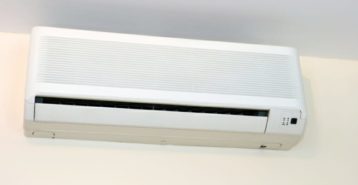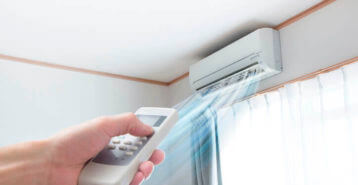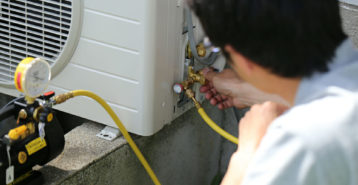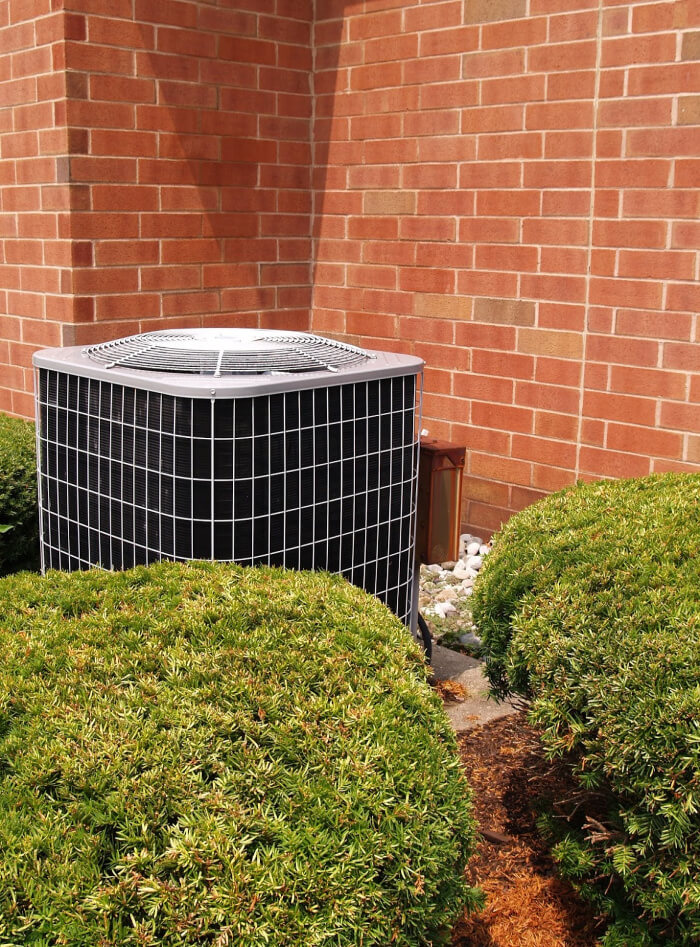Mini Split Air Conditioner Costs: What to Expect
When considering a mini split air conditioner for your home, it’s essential to understand the costs involved. Mini splits are an energy-efficient, flexible cooling solution that doesn’t require ductwork, making them ideal for rooms, home additions, or homes without existing ducts. However, mini split air conditioner costs can vary widely based on factors like system size, number of zones, and installation complexity. This guide will break down what you can expect to pay for both the unit and installation.
Average Cost Range of Mini Split AC Systems
Mini split air conditioner costs can vary significantly depending on several factors, including the AC system’s size, features, and installation complexity. On average, homeowners can expect to pay around $4,500 for a standard system depending on a number of factors.
- Low-End Pricing: For homeowners looking for a budget-friendly option, entry-level wall-mounted mini split AC units can be installed for as little as $1,200. However, the cost of split AC units can increase to about $4,500 depending on the unit’s size, features, and the complexity of the installation.
- Mid-Range Unit Cost: For a more robust system, you can expect to pay between $3,100 and $9,000 for a multi-zone mini split AC unit (1.5-4 tons) with some premium features. This price range offers a balance of performance and cost for homes that require cooling in multiple rooms or zones.
- Price of High-End Mini Split: At the luxury end, multi-zone mini split systems, designed to cool larger homes or multiple rooms, can range from $10,000 to $16,000. These systems require additional air handling units in different rooms and a larger outdoor compressor, contributing to the higher cost.
Knowing the split AC unit cost for different system types will help you choose the best option that fits both your home’s needs and your budget.
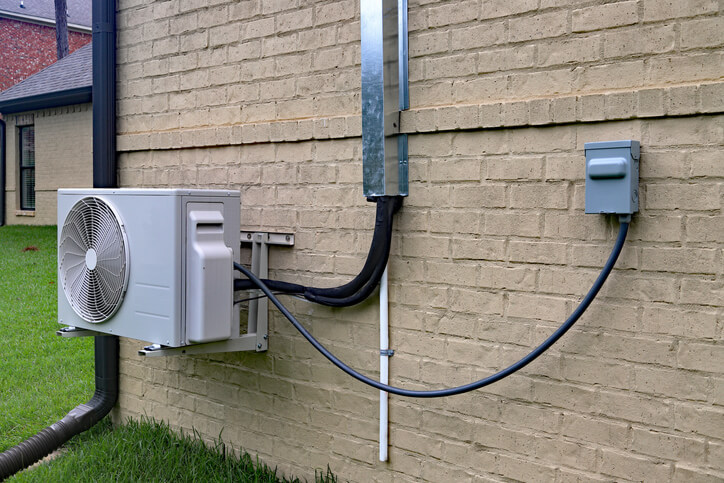
Other Costs to Consider
Installing a mini split air conditioner involves several key components and costs. Here’s a breakdown:
- Labor: Labor costs can range from $300 to $2,000, depending on the system size, number of indoor units, and installation type. Single-zone, wall-mounted units are usually easier to install, while multi-zone, ceiling-mounted units may require more work.
- Materials: Mini split AC systems can be purchased as kits, which include all necessary materials like refrigeration and drainage lines, plus mounting hardware. If purchased separately, these materials typically cost between $300 and $800.
- Permits and Inspections: Permitting costs vary by location, but they generally range from $200 to $400. Check local regulations to confirm exact fees.
Factors Affecting Mini Split Air Conditioner Cost
Several factors play a role in determining the mini split air conditioner cost. Here’s a breakdown of the most important ones:
- Size and BTU Capacity: The size of the unit is a major factor in its cost. AC units are measured in British Thermal Units (BTUs) or tons. A one-ton unit typically has a cooling capacity of about 12,000 BTUs. Units with higher tonnage or BTUs are larger and more expensive.
- Brand and Manufacturer: Just like vehicles, mini split AC units come in a range of options from basic models to high-end systems. Some air conditioner brands offer budget-friendly units, while others feature luxury models with advanced technology and extra features.
- Installation Complexity: Ductless mini split systems are easier to install than traditional HVAC systems that require ducts. However, installation still involves mounting the indoor air handling unit, as well as drilling a hole in the wall for the conduit that holds refrigerant, power, and drain lines. More complex installations can increase costs.
- Additional Features and Technology: Premium mini split systems may come with extra features like multi-room sensors, wireless remote controls, smart thermostats, and Wi-Fi modules. These upgrades can raise the cost but provide added convenience and energy efficiency.
Additional Factors That Affect Costs
When budgeting for a mini split AC system, keep these additional costs in mind:
- Size: The size of the unit directly impacts the cost. Larger systems offer more cooling capacity, but they come at a higher price.
- Energy Efficiency: Mini splits with higher SEER ratings cost more upfront but save you money in the long run. These energy-efficient units reduce monthly energy usage and operating costs.
- Maintenance and Servicing: While you can handle basic air filter changes, professional servicing is recommended annually. This includes cleaning fan blades, inspecting the outdoor condenser, and checking the system’s hardware, refrigeration, and drainage lines.
- Extended Warranties or Protection Plans: Many mini split manufacturers offer solid warranties. You can also purchase extended coverage, typically adding five or more years of protection.
Cost-Saving Tips For Buying A Mini Split AC System
A high-end, multi-zone mini split AC system can cost $10,000 or more, but there are ways to keep the price tag more reasonable:
- Install Off-Season: HVAC contractors are busiest during the summer and winter. To save on labor costs, schedule your installation in early spring or late fall, when demand is lower.
- Start Small: Opting for a single-zone system will reduce installation costs. You can always add more zones later as needed, spreading out your investment over time.
- Do Your Research: Take the time to compare different brands and models. Additionally, getting quotes from at least three licensed HVAC contractors can help you find the best deal on both the system and installation.
- Consider DIY Installation: If you’re handy, you might be able to install a mini split system yourself. However, you’ll likely still need an electrician and may require a permit, so be sure to check your local requirements.
Is a Mini Split AC System Right for Me?
Mini split AC systems are an excellent choice for homes without existing ductwork. Since they don’t require ducts, mini split systems are more energy-efficient. Traditional AC systems, on the other hand, can lose up to 40% of cool air as it travels through ducts. This makes mini splits more energy-efficient and cost-effective in the long run.
On average, expect to pay $4,500 for a new mini split system. However, costs can vary based on your home’s cooling needs. While it’s a significant investment, you’ll see returns in the form of greater comfort and reduced energy bills.
Mini Split AC: A Smart Investment for Long-Term Savings
If you’re looking to cool a home with no existing ducts, a mini split AC system could be the perfect solution. The initial cost may seem high, but comfort and long-term utility savings make it a worthwhile investment. Always do your research and compare quotes to ensure you’re getting the best value for your home’s cooling needs.
Compare top-rated HVAC pros in your area.
Read real homeowner reviews, explore qualifications, and view promotions. Modernize makes it easy to browse professionals and find one that will be perfect for your project.





